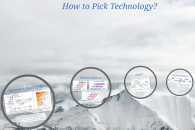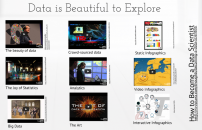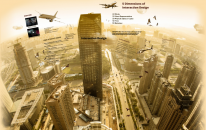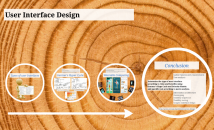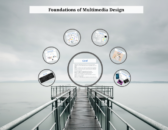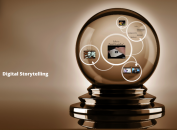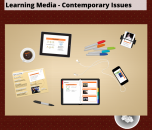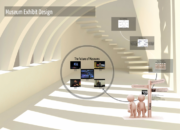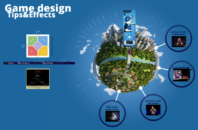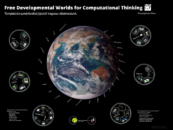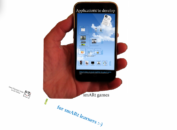Chapters
Scope
Definitions
Interactive Design is defined as a user-oriented field of study that focuses on meaningful communication of media through cyclical and collaborative processes between people and technology. Successful interactive designs have simple, clearly defined goals, a strong purpose and intuitive interface.
While both definitions indicate a strong focus on the user, the difference arises from the purposes of Interactive Design and Interaction Design. In essence Interactive Design involves the creation of meaningful uses of hardware and systems and that Interaction Design is the design of those hardware and systems. Interaction Design without Interactive Design provides only hardware or an interface. Interactive Design without Interaction Design cannot exist for there is no platform for it to be used by the user.
Human–computer interaction (HCI)involves the study, planning, and design of the interaction between people (users) and computers. It is often regarded as the intersection of computer science, behavioral sciences, design and several other fields of study.
The user interface, in the industrial design field of human–machine interaction, is the space where interaction between humans and machines occurs. The goal of this interaction is effective operation and control of the machine on the user’s end, and feedback from the machine, which aids the operator in making operational decisions. The design considerations applicable when creating user interfaces are related to or involve such disciplines as ergonomics and psychology.
The user interface (of a computer program) refers to the information (such as graphic, text and sound) the program presents to the user, and the control sequences (such as keystrokes with the computer keyboard, movements of the computer mouse, and selections with the touchscreen) the user employs to control the program.
Ubiquitous computing (ubicomp) is an advanced computing concept where computing is made to appear everywhere and anywhere. In contrast to desktop computing, ubiquitous computing can occur using any device, in any location, and in any format. A user interacts with the computer, which can exist in many different forms – laptop, tablets, terminals, phones, etc. The underlying technologies to support ubiquitous computing include Internet, advanced middleware, operating system, mobile code, sensors, microprocessors, new I/O (input / output), new user interfaces, networks, mobile protocols, location and positioning, new materials, etc.
This new paradigm is also described as pervasive computing, ambient intelligence,or, more recently, everyware, where each term emphasizes slightly different aspects. When primarily concerning the objects involved, it is also physical computing, the Internet of Things, haptic computing.
References: Definitions and links (unless otherwise indicated as “site” or “pdf”) are copied and edited from English Language Wikipedia as of 1st September 2013. Titles could be further explored through indicated links.
Research
Design issues
Case-studies
T@T lab case-studies:
- Zs. Ruttkay. Z. Szabó, J. Bényei, T, Matuszka, D. Szabó, Books Beyond Print, Demo at DIS Conference 2012

